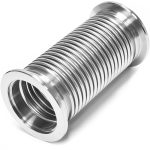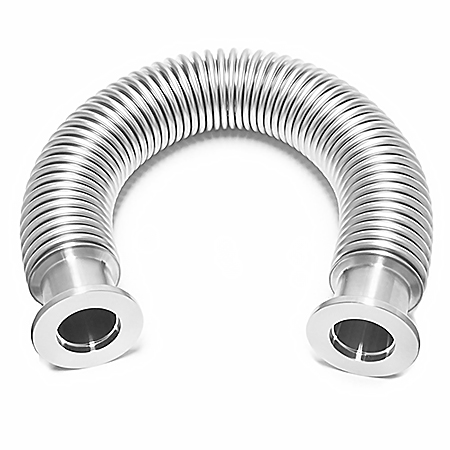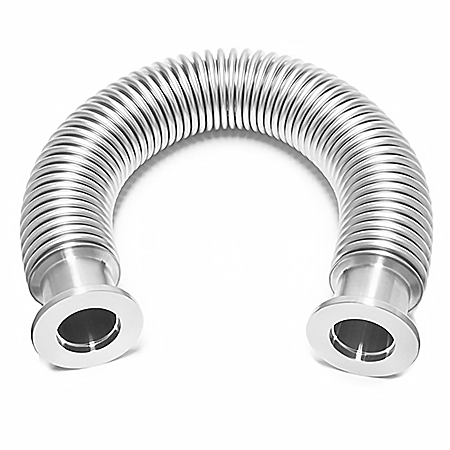
What are the Technical Requirements of Vacuum Bellows?
Vacuum preloading corrugated pipe is used for soft foundation treatment in vacuum preloading, as a soft foundation treatment material for a horizontal drainage channel. Compared with the traditional vacuum pre-pressure horizontal drainage system, the sealing is greatly improved, and the transmission efficiency of the vacuum degree is also greatly improved.
The technical requirements of vacuum bellows are introduced as follows:
- Pipe sections that are welded to both ends of the corrugated pipe must be beveled. After welding, the hydraulic test should be performed according to the acceptance specification, and the pressure is 1.5 times the working pressure. If the sealing device leaks during the pressure test, the bolts should be tightened evenly until there is no leakage.
- When installing the bellows, first check whether its specifications are consistent with the order.
- The sliding sleeve of the unidirectional bellows should be installed at the inflow end of the medium.
- The corrugated pipe is installed along the centerline of the pipeline, with different axial degrees greater than 1% to prevent excessive friction during operation and affecting seal ability.
- A guide sliding support should be provided near the pipe of the bellows to prevent lateral displacement.
- The outer sleeve of the two-way bellows should be supported by a fixed support and kept concentric with the pipeline. The compensation distances on both sides should be approximately the same.
- Pay attention to protect the sliding surface, bumping or corrosion is strictly prohibited.
- The bellows can be installed according to the maximum length Lmax under various temperatures, without pretensioning or preloading.
Vacuum preloading bellows generally need to meet some of the technical requirements above for normal operation.






